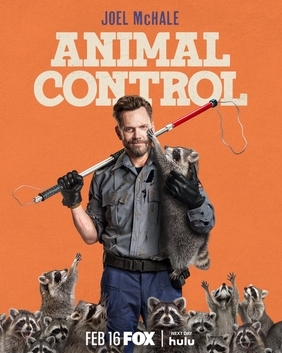Animal control officers often occupy an ambiguous position in societal perceptions of animal welfare. On one hand, they are viewed as heroic protectors of vulnerable creatures, acting in defense of the voiceless and promoting community safety. Yet, simultaneously, they are subject to scrutiny, accused of mistreatment or lack of compassion towards pets and wildlife. This dichotomy invites a nuanced examination of their roles, methodologies, and the systemic challenges they navigate.
To comprehend the complex nature of animal control, it is essential to consider the foundational goals of such agencies. Primarily, they serve to enforce local and state animal laws, which aim to safeguard domestic pets and wildlife while addressing public health concerns. These laws often stem from historical injustices and public outcries over incidents of neglect, abuse, or dangerous animal behavior. In this regard, animal control can be seen as a necessary mechanism for ensuring a semblance of order in a society that has increasingly recognized animal rights. Yet, the implementation of these laws does not come without controversy.
One prevailing observation is the juxtaposition of the humane intentions behind animal control with the tragic outcomes that sometimes manifest. When officers respond to calls regarding neglected or abused animals, their interventions often involve seizing pets from loving, albeit misguided, guardians. These instances can provoke public outrage and lead to narratives that portray animal control as the enemy. To be fair, the dilemmas faced by officers are often complicated; their mandate can lead them to make decisions that clash with emotional ties and societal ideals surrounding pet ownership.
Moreover, the perception of animal control is complicated by the methodology employed in their daily operations. Critics highlight the use of euthanasia as a contentious practice that continues to haunt the reputation of animal shelters and control agencies. With limited resources and overcrowded facilities, officers may find themselves faced with the heart-wrenching decision to euthanize animals deemed unadoptable or dangerous. This following mechanism of “population control” undoubtedly leads to a collision between public sentiment and operational realities. Critics often question how a system touted as humane can condone such actions, leading to deeper inquiries into the socio-economic factors impacting animal welfare.
Interestingly, this dynamic unveils deeper reasons for societal fascination. The emotional stakes involved in animal ownership elicit a wide spectrum of responses from individuals. People deeply care for their pets, viewing them as family members. As such, when an animal is taken away, it can become emblematic of loss, misunderstanding, or even an infringement upon personal liberty. This emotional lens complicates the narrative, as animal control officers navigate the perilous challenge of enforcing laws while maintaining public rapport.
Furthermore, the portrayal of animal control in popular culture can also skew public perception. Television shows and documentaries – some of which sensationalize the encounters animal control officers face – often emphasize chaotic situations, comedic misunderstandings, and highlight rogue animals causing havoc. While these portrayals can illuminate stories of bravery and valor, they can also distort the holistic view of the profession, relegating its multifaceted challenges to mere entertainment. This tendency can desensitize viewers to the deeper systemic issues present within animal control.
Another important area worth exploring is the educational role of animal control agencies. There is an undeniable potential for these organizations to act as advocates for responsible pet ownership and public education. By engaging with communities, they can address issues of overpopulation, spaying/neutering, and the humane treatment of animals. Yet, often wisdom in outreach is hindered by the public’s perception, influenced by the dual lens of admiration and disdain. Education initiatives are sometimes lost in the fray, as agencies find themselves embroiled in responding to immediate crises rather than implementing long-term solutions.
Despite the myriad challenges, it is essential to acknowledge the committed individuals who comprise animal control units. Many officers enter the field driven by a profound love for animals and an earnest desire to enact positive change. They witness firsthand the consequences of neglect, abuse, and the repercussions of unregulated pet ownership. Thus, within the discussion of whether they serve as heroic protectors or system villains, it remains vital to recognize their humanity, compassion, and dedication to a profession riddled with ethical dilemmas.
In conclusion, the dichotomy inherent in the role of animal control officers is reflective of a broader societal struggle regarding our relationship with animals. They inhabit a space where protection and enforcement intersect, often leading to difficult choices that defy simplistic categorization. As society continues to evolve in its understanding of animal rights, it is imperative to advocate for reform within the animal control framework. Advocating for better resources, training, and public awareness may cultivate a path forward where the ideals of protection, compassion, and respect for all living beings can flourish in harmony, allowing animal control officers to fulfill their essential function without the burden of negative perception.










